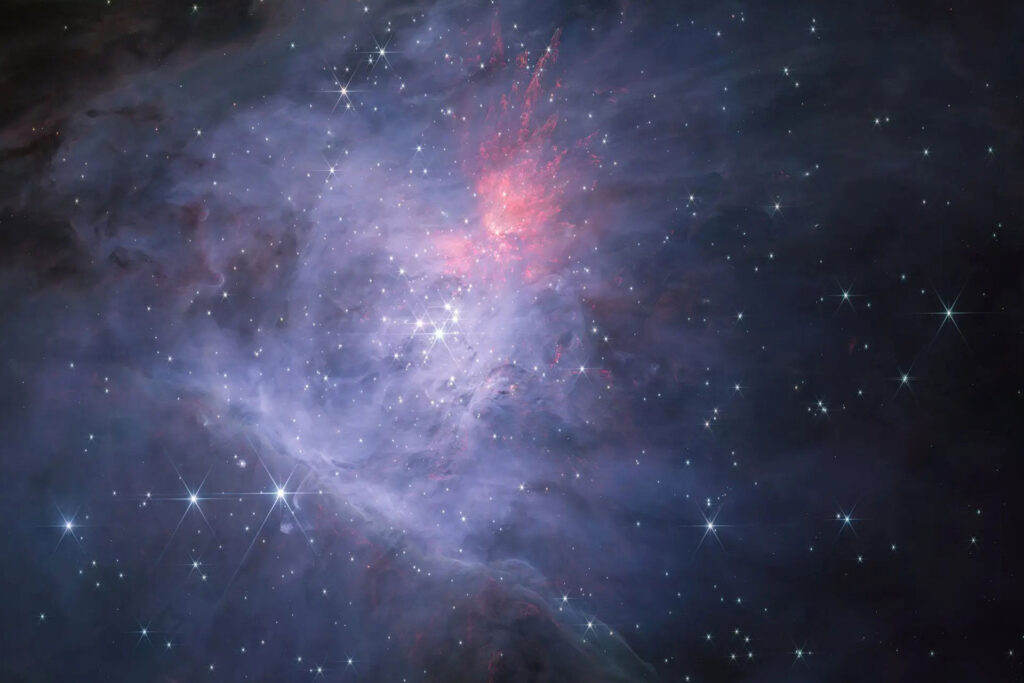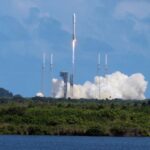The stars of the universe are born when huge clouds of gas and dust are gradually brought together by gravity. Finally, the cloud regions become so dense that by connecting hydrogen atoms to each other, they start the process of nuclear fusion and form the core of a star. In less dense regions, a smaller version of fusion called deuterium fusion can occur in smaller objects. These objects are called brown dwarfs or rejected stars.
Jumbos are apparently a smaller group of gaseous objects. While brown dwarfs can grow up to 13 times the mass of Jupiter, jumbos can reach almost half the mass of the planet with temperatures over 500 degrees Celsius. The distance between the Jumbos is nearly 200 times the distance between the Earth and the Sun, and they revolve around each other in orbits that take more than 20,000 years to complete.
If the jumbos were alone in space, they would be easier to describe, but the fact that they appear in pairs, with 42 of them observed only by the James Webb telescope in the Orion Nebula, is puzzling. Based on the existing scientific models, it is not possible for single bodies to form so small directly from gas and dust clouds, let alone for them to appear in pairs. Even if jumbos are planets that have been thrown out of their systems by gravitational forces, the reason why they appear in pairs is still unclear.
The discovery of jumbos was unexpected for scientists. Many stars, or perhaps all stars, including the sun, are born in pairs; But as the mass of binary objects decreases, their prevalence decreases; Because their weaker gravitational pull makes them fall apart easily. However, the discovery of jumbos suggests that we may have missed something about the formation of these very low-mass objects.
Using the James Webb Space Telescope, researchers hope to reveal secrets such as the structure of the gaseous atmosphere and perhaps how jumbos are formed. Currently, only evidence of methane and water can be seen in them. The discovery of jumbos in other star-forming regions can also help solve the problem.



